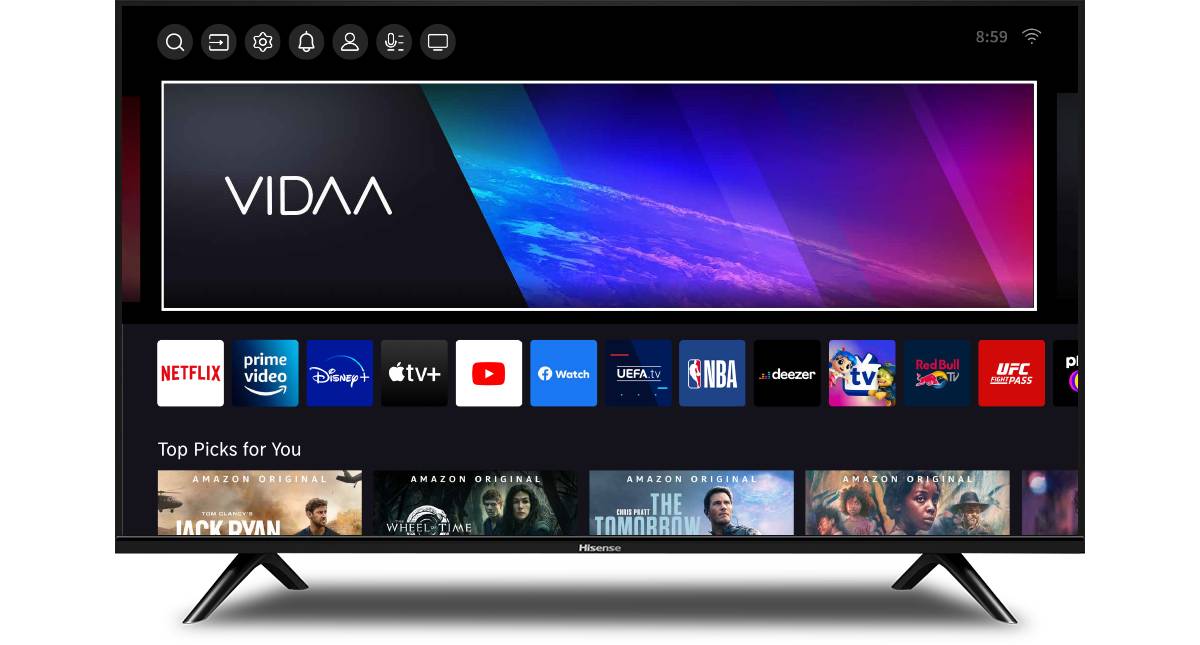 The video ad server is the engine of the video advertising industry, yet the act of ad serving is often something that is not properly understood by those who haven’t had the opportunity run a campaign themselves. Here, Nick Reid, Managing Director, UK of TubeMogul, a video advertising platform, explains what ad serving is, the different types ad server available, and how ad serving is increasingly being bundled by buying platforms.
The video ad server is the engine of the video advertising industry, yet the act of ad serving is often something that is not properly understood by those who haven’t had the opportunity run a campaign themselves. Here, Nick Reid, Managing Director, UK of TubeMogul, a video advertising platform, explains what ad serving is, the different types ad server available, and how ad serving is increasingly being bundled by buying platforms.
So what is ad serving?
At its most basic level, ad serving is how an advertisement is delivered to your computer, phone, or tablet screen every time you open an internet browser. An “ad server” is a web server that stores the actual creatives – e.g. display banners, video ads etc. – and ensures that an ad is shown every time someone opens up a webpage. There are two types of ad servers – publisher ad servers (that serve ads via the website’s own servers) and third-party ad servers (provided by a specialist ‘third party’ provider).
What’s the difference between the two?
Publisher ad servers (local ad servers) serve ads to that publisher’s domains – so ESPN’s ad server will serve ads across espn.com, espn.com/football, etc. Sometimes publishers contract with a third party for this (e.g. FreeWheel). The publisher obviously has a lot of control over the context in which each ad is displayed. A third-party ad server can serve ads across multiple websites, and provides advertisers a single centralized control center from which to distribute and rotate their ads across the internet.
Which is better?
It depends on what you want to do. For advertisers that are only buying ads from a handful of sites, having individual publishers serve the ads probably makes the most sense. If you have a broader campaign, though, and want an objective outsider to provide you with delivery and performance analysis, a third-party ad server is the best bet.
Publishers typically prefer an ad server they control, but advertisers have successfully pressured even the most premium broadcasters to accept third-party ad servers.
Was it always this way?
Far from it. Originally advertisers or brands that wanted to advertise had to call and send assets to these publishers directly, and have multiple deals in place simultaneously to achieve any real reach. It was painstaking, tiresome – pretty awful, to be honest. The advent of the third-party ad-server helped advertisers scale the delivery message, better target their message, and feel confident that they were getting credible, third-party reporting on how many ads they served.
How exactly does it work?
It’s pretty complex. Actually, it’s very complex. Ad serving works differently depending on the type of ad (display versus video), the actual ad format (desktop computer, mobile phone, tablet, etc.), and the way that the ad has been sold (programmatically versus manually). Each combination of the aforementioned is deserving of its own article.
But can you elaborate on that just a little bit more?
Online video ads are typically served through a third-party ad server like DoubleClick or MediaMind or are built-into the ad buying software itself. The actual video advertisement is packaged up along with any static banners and tracking pixels (little snippets of code that measure viewer engagement: video start, halfway point, completion, clickthrough, etc.) into a larger piece of code called a tag.
The ad server then gives the tag to different publisher websites and can track delivery and performance across them all. There are two types of tags: VAST and VPAID. VPAID tags can have more complex elements, like interactive features, and more advanced measurement capabilities around viewability and engagement. Most publishers accept VAST tags, but only some accept VPAID. YouTube, for instance, only accepts VAST.
In mobile video, mobile VAST currently prevails, but some publishers and advertisers are eager to move toward MRAID (the equivalent of “mobile VPAID”).




